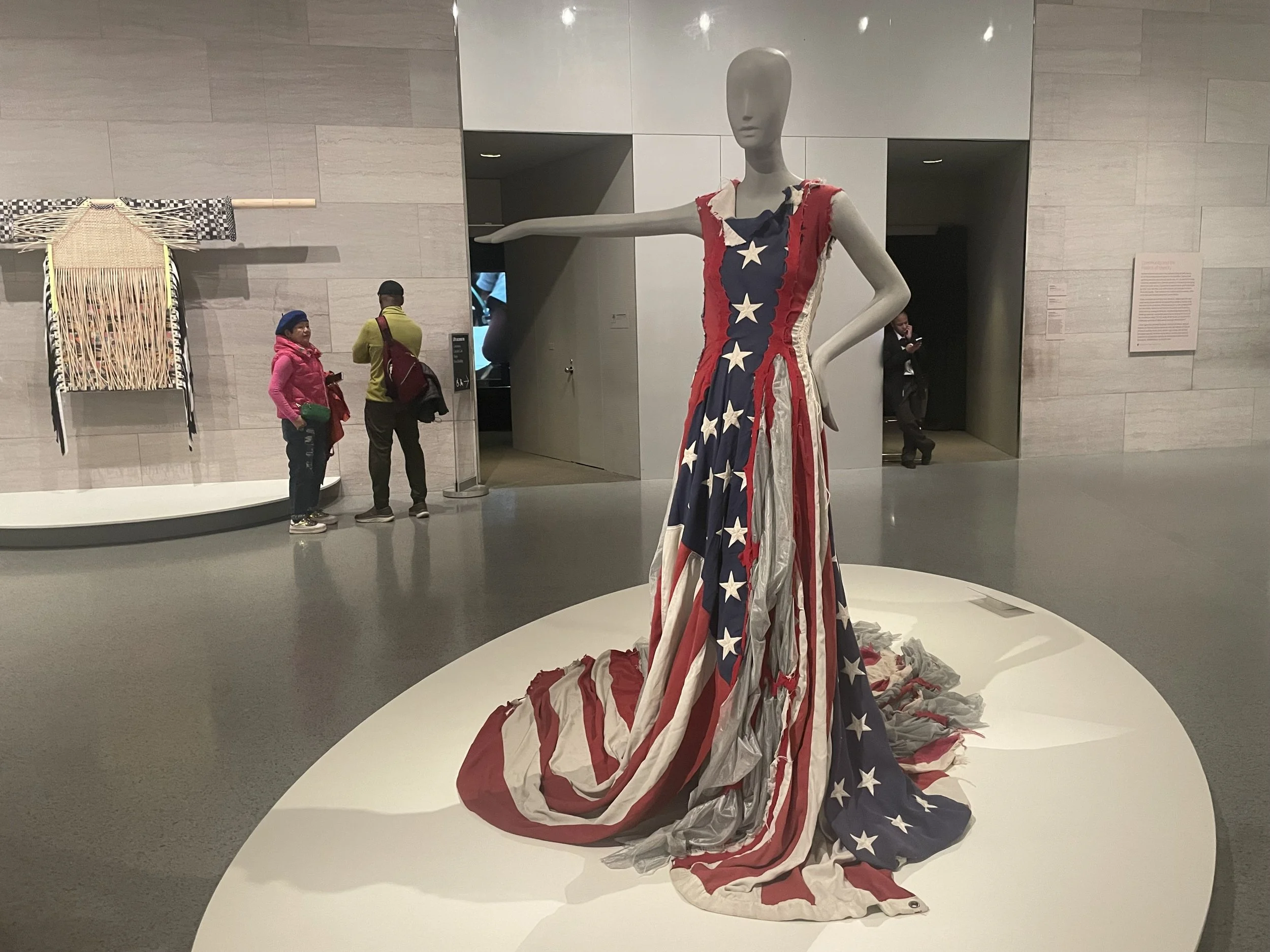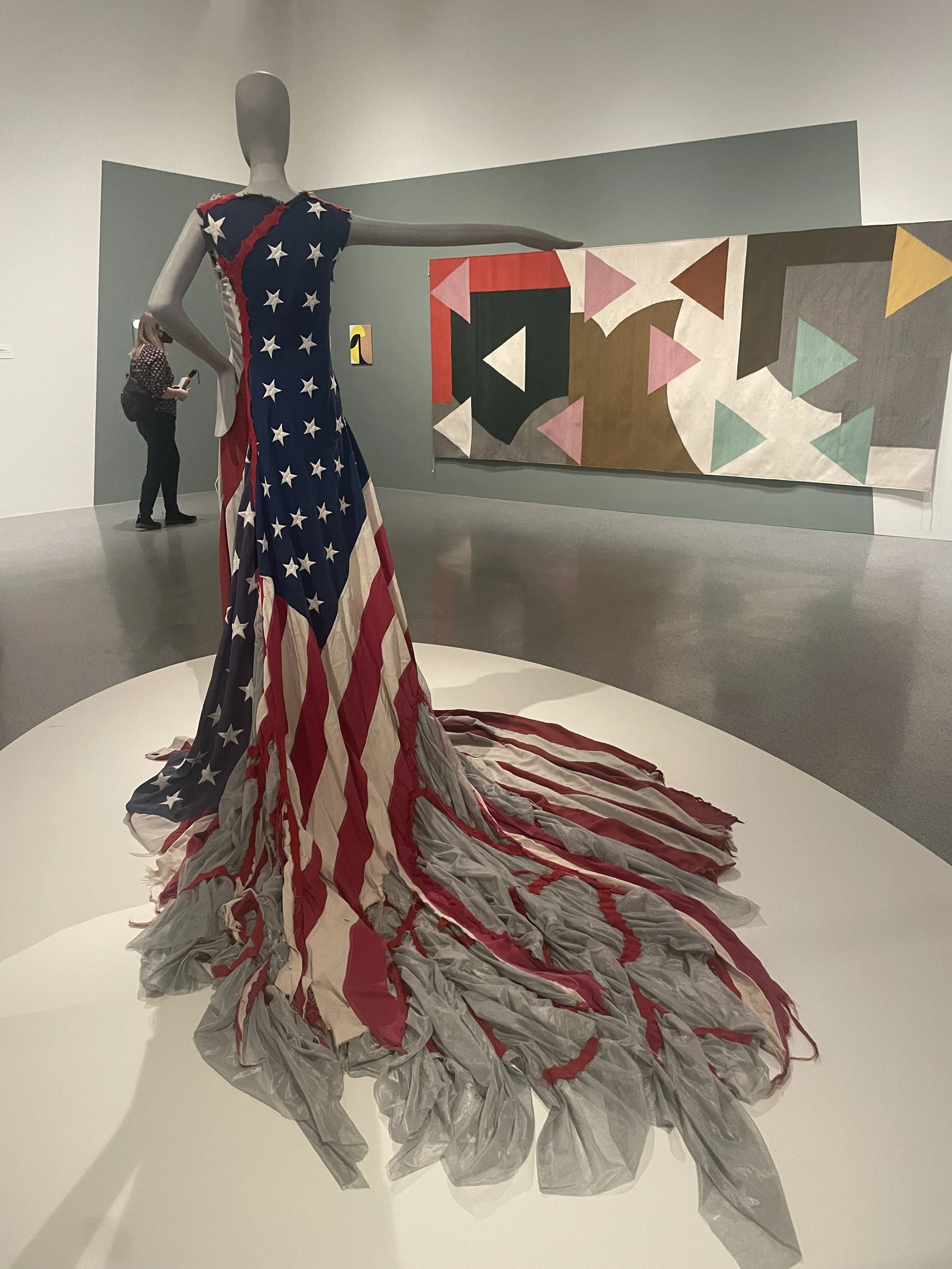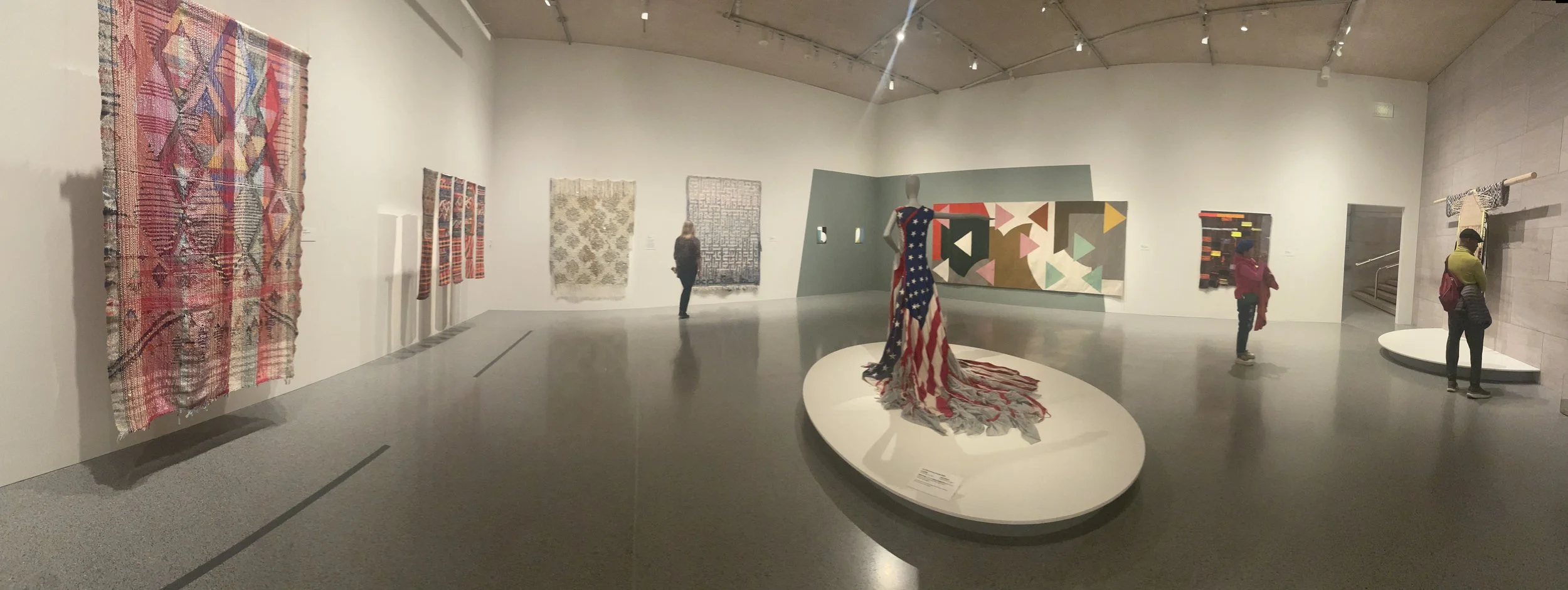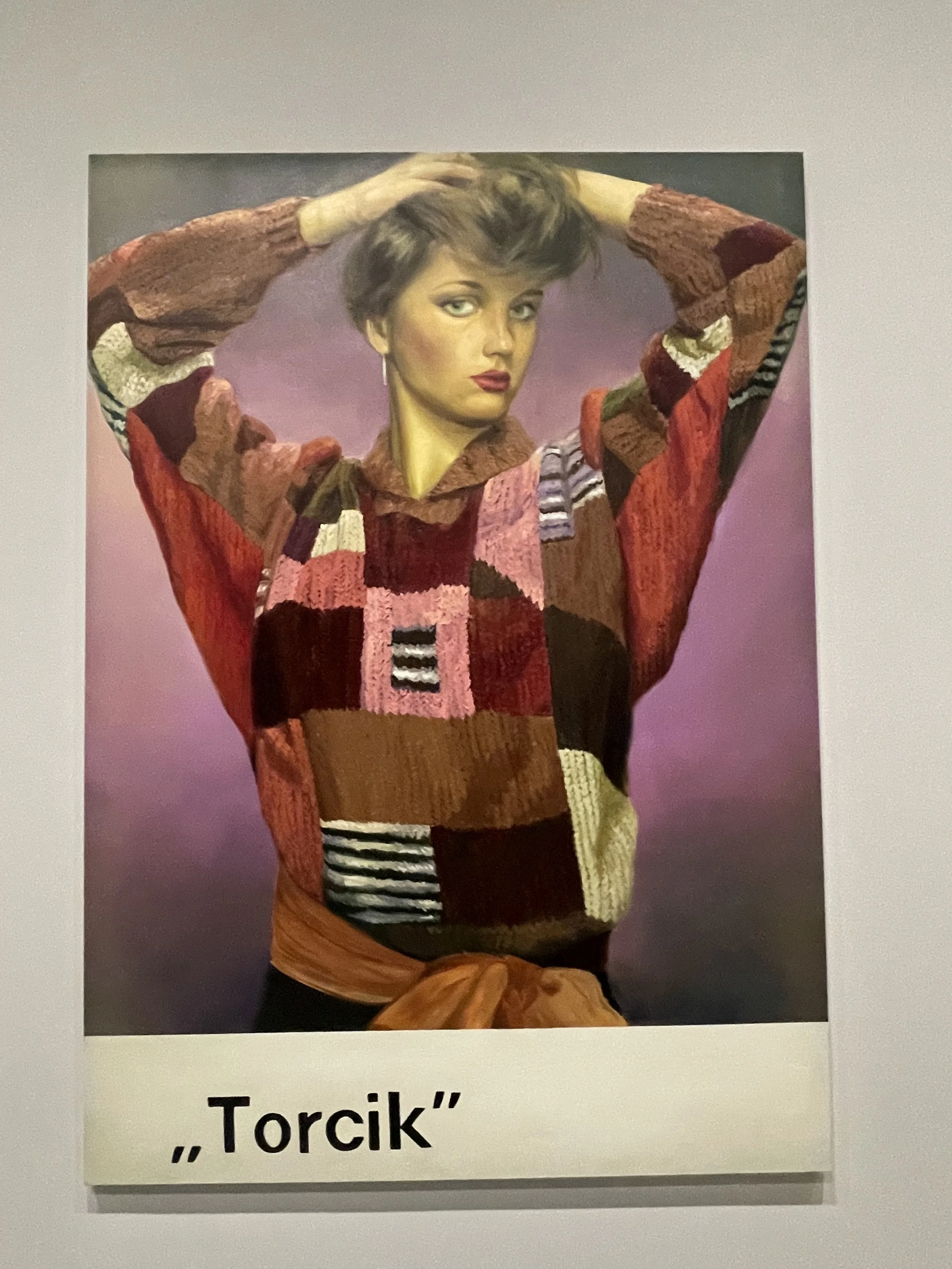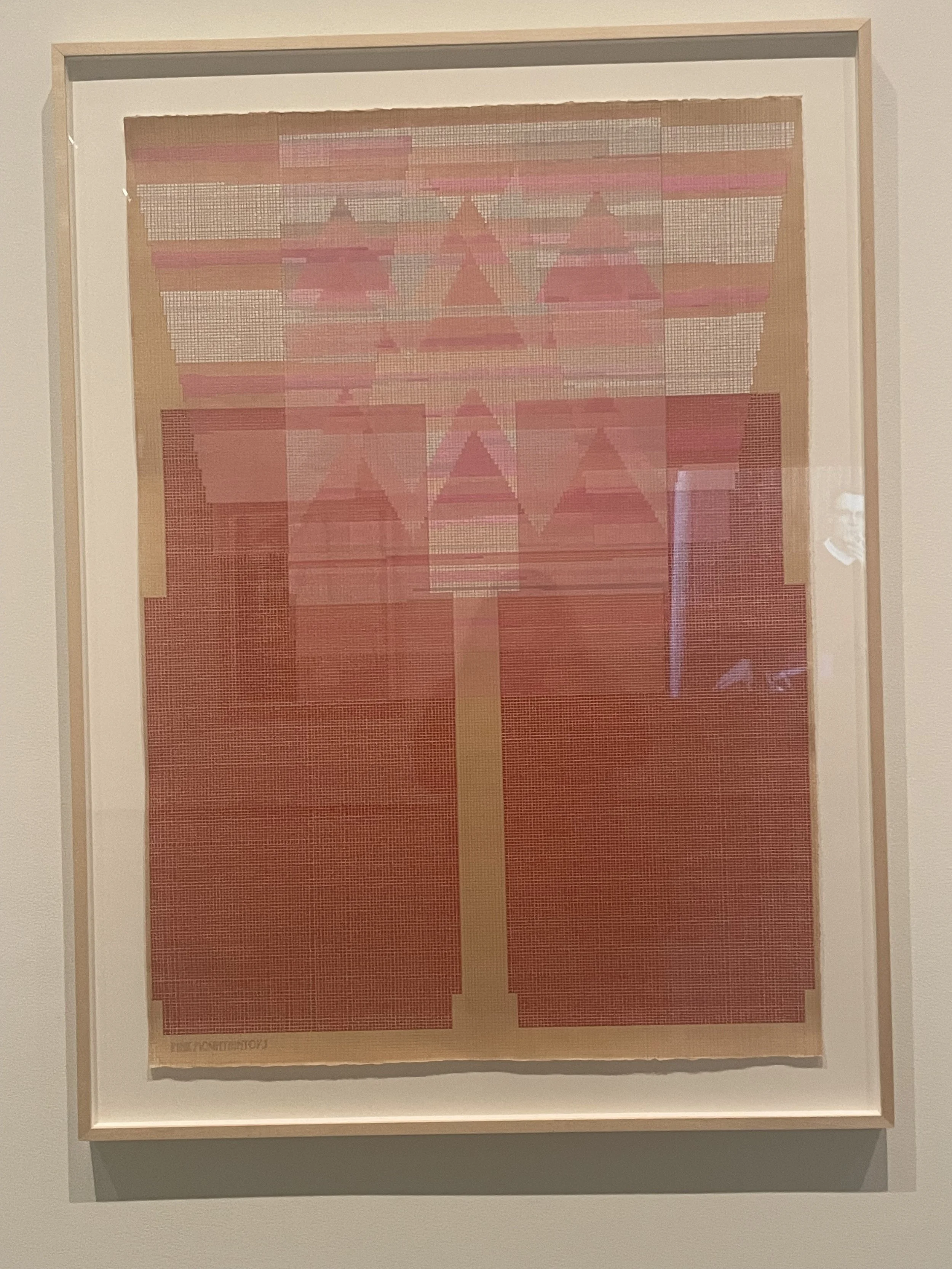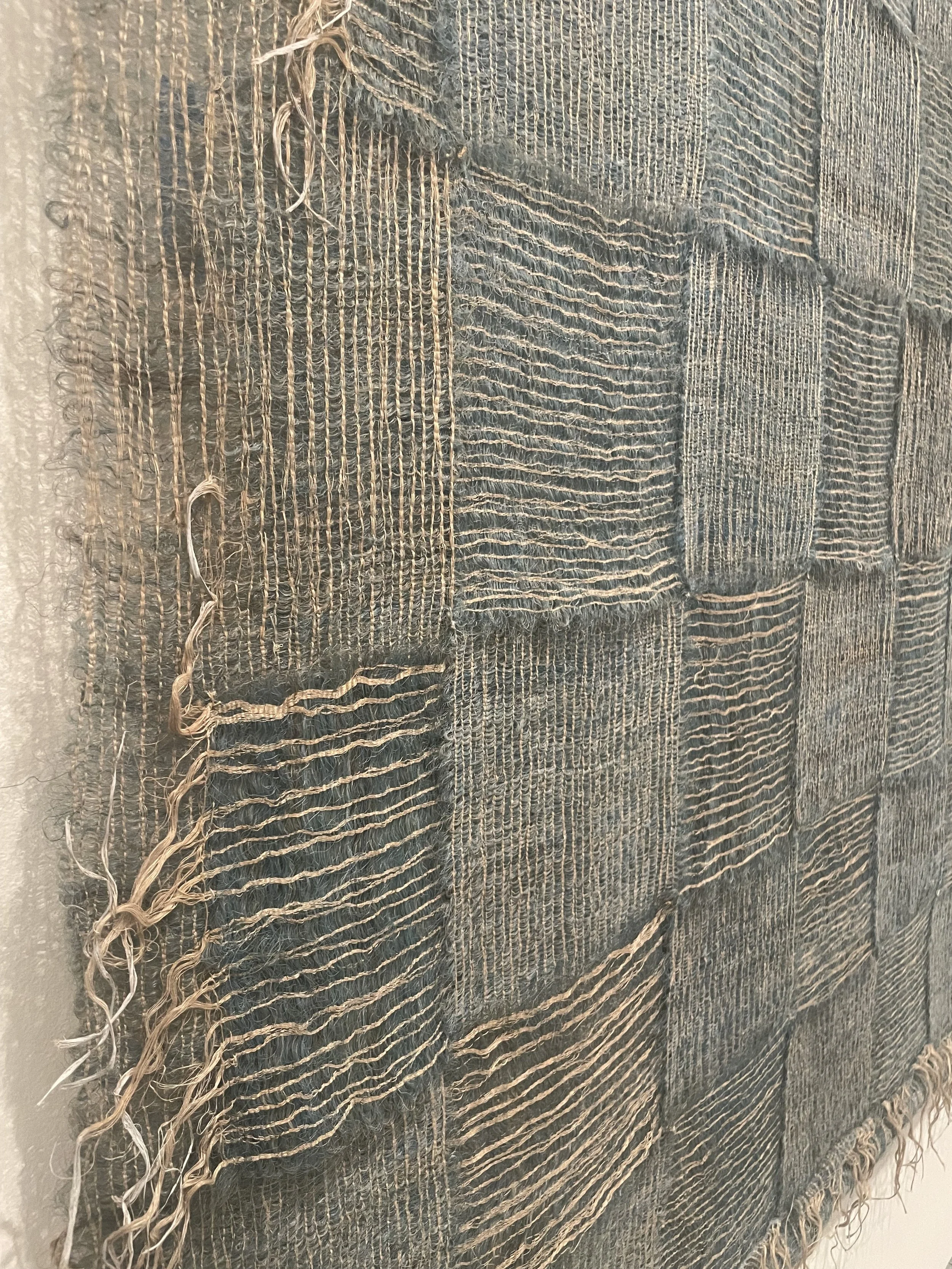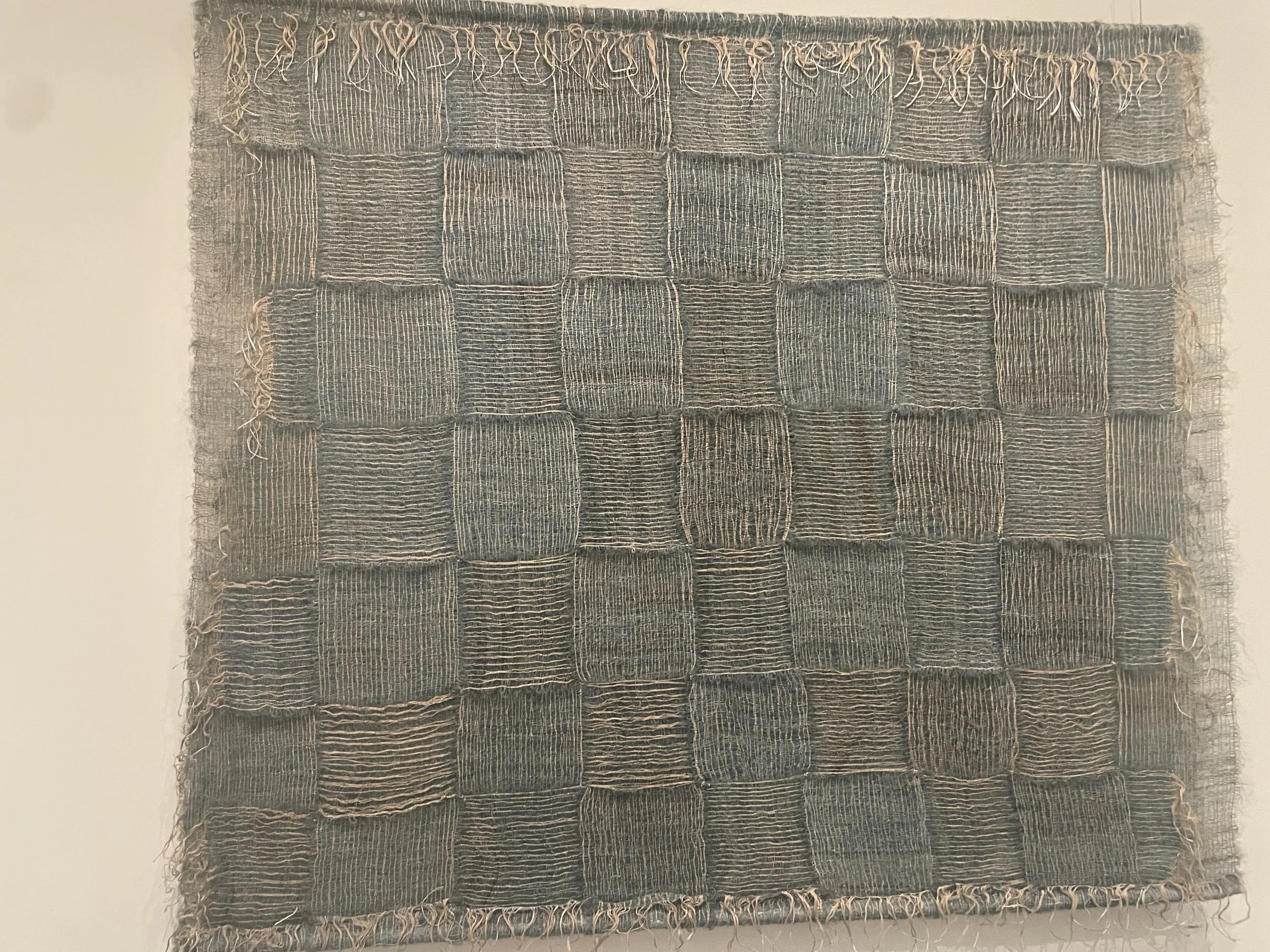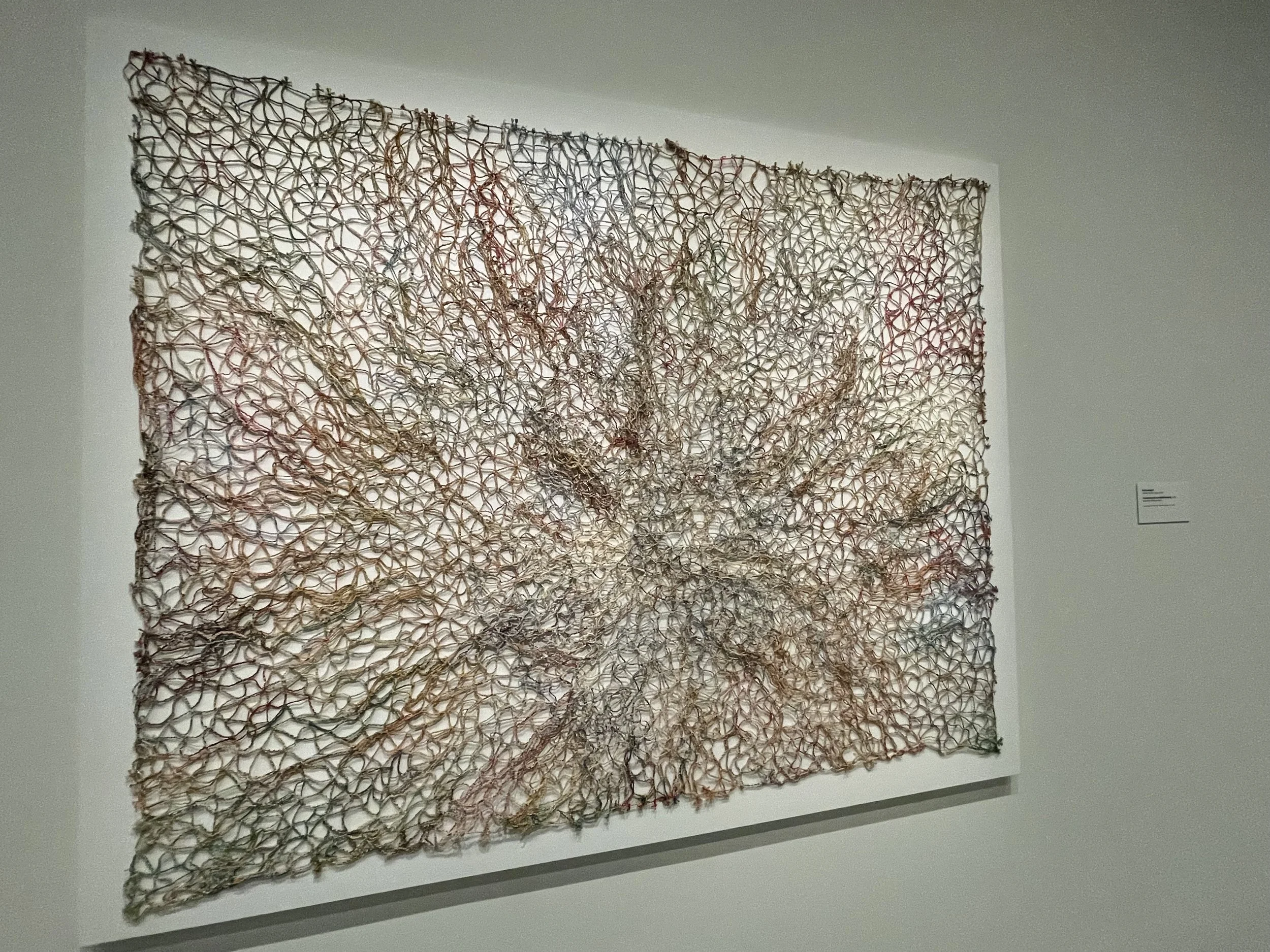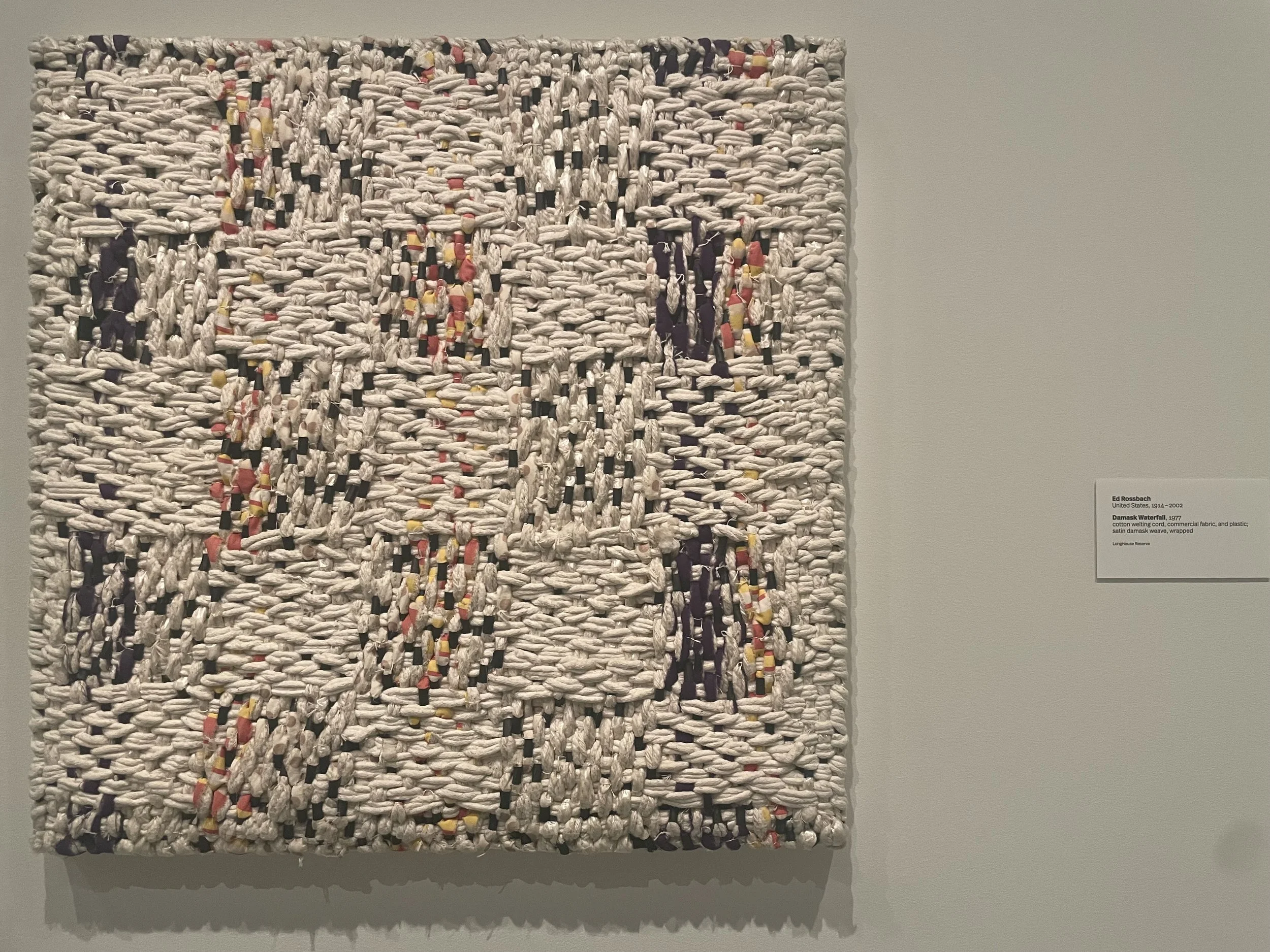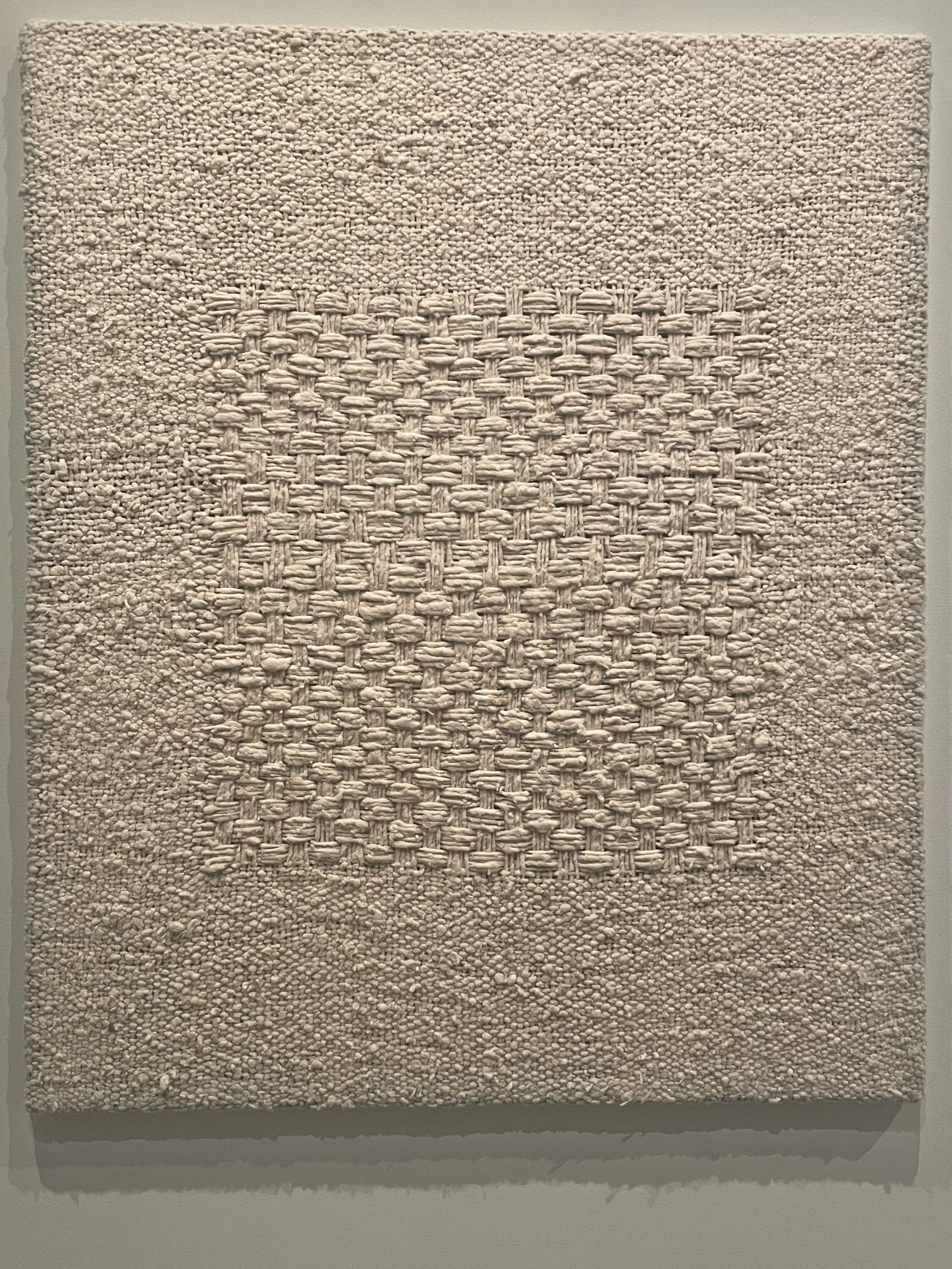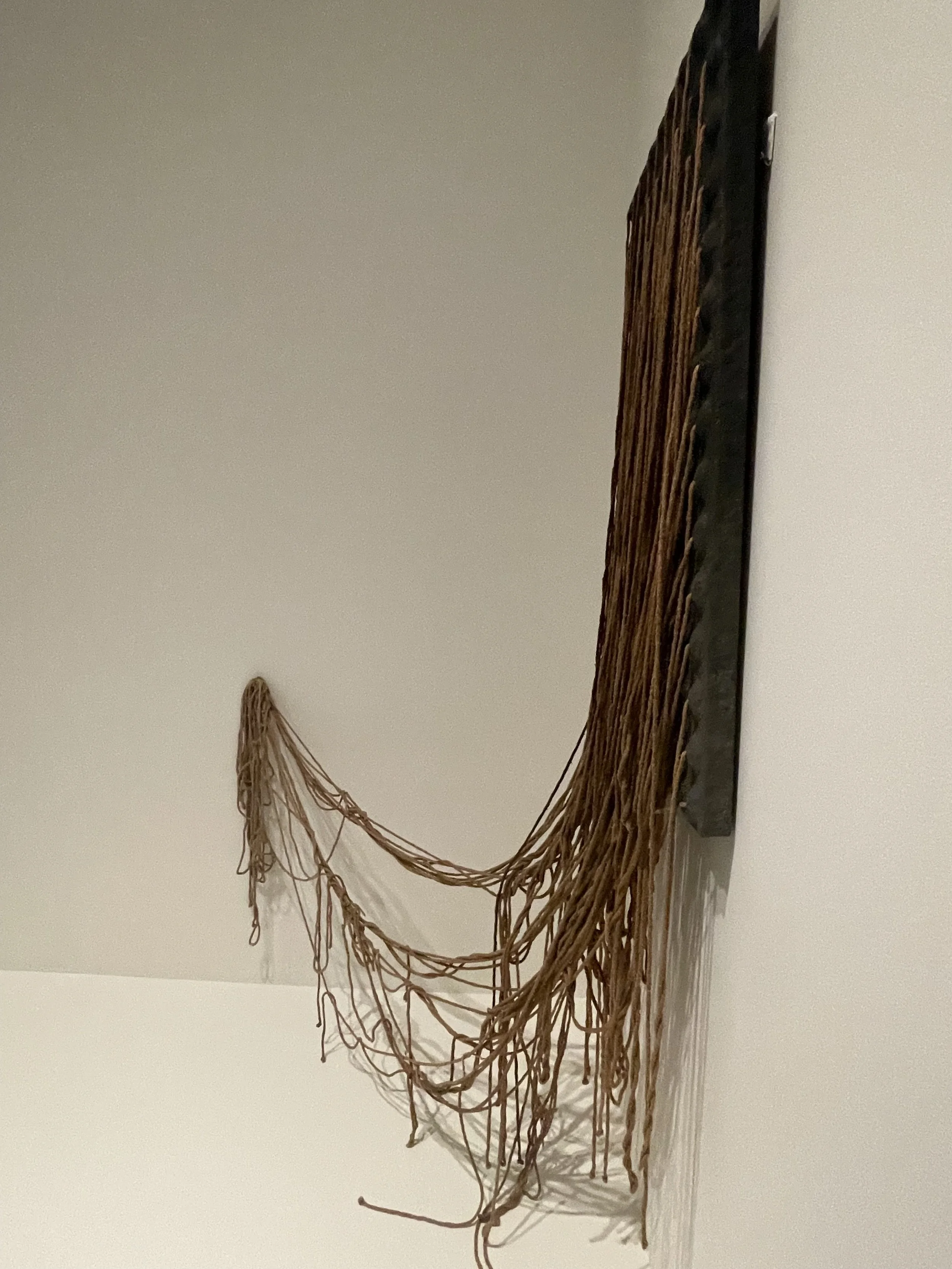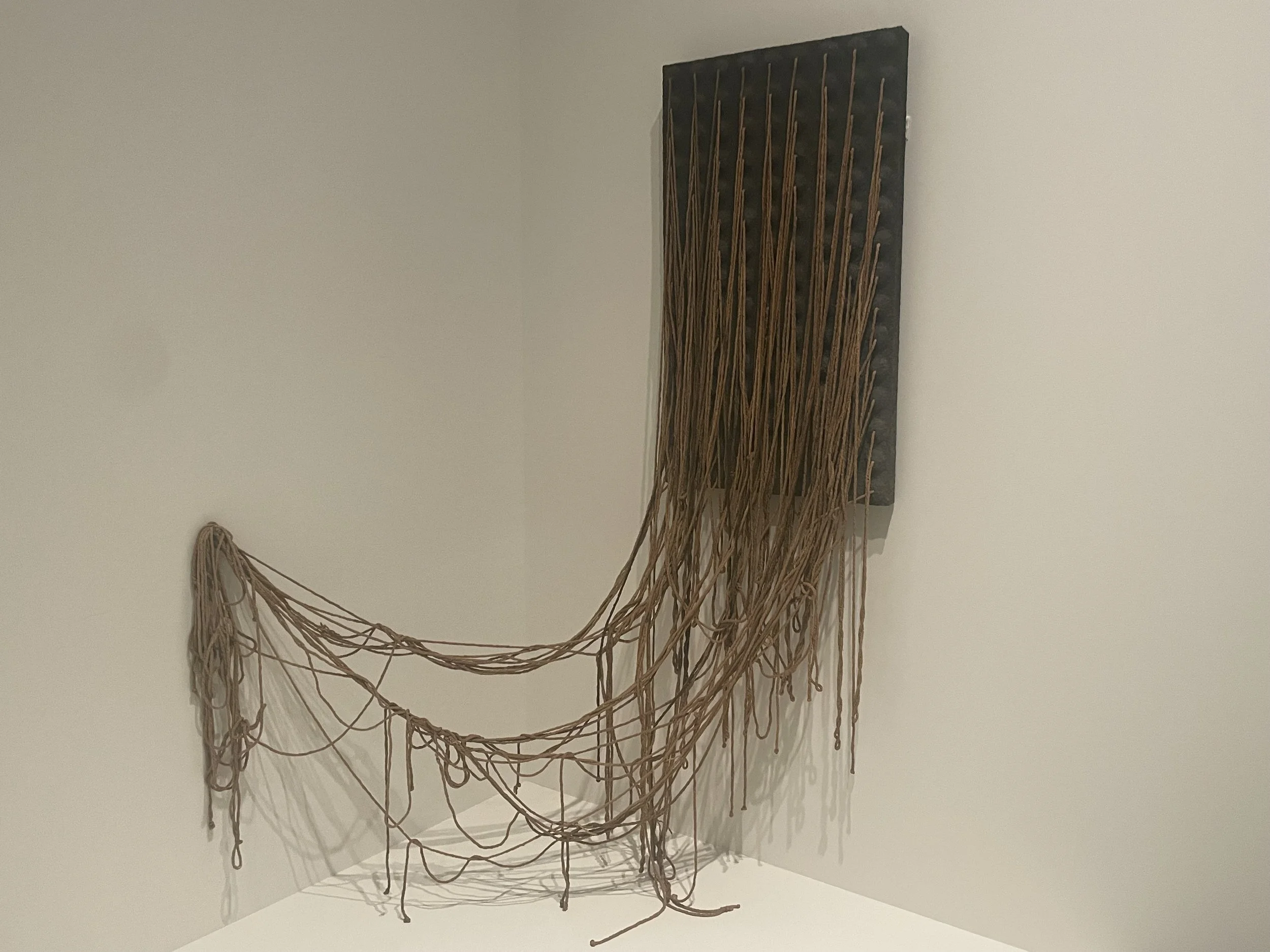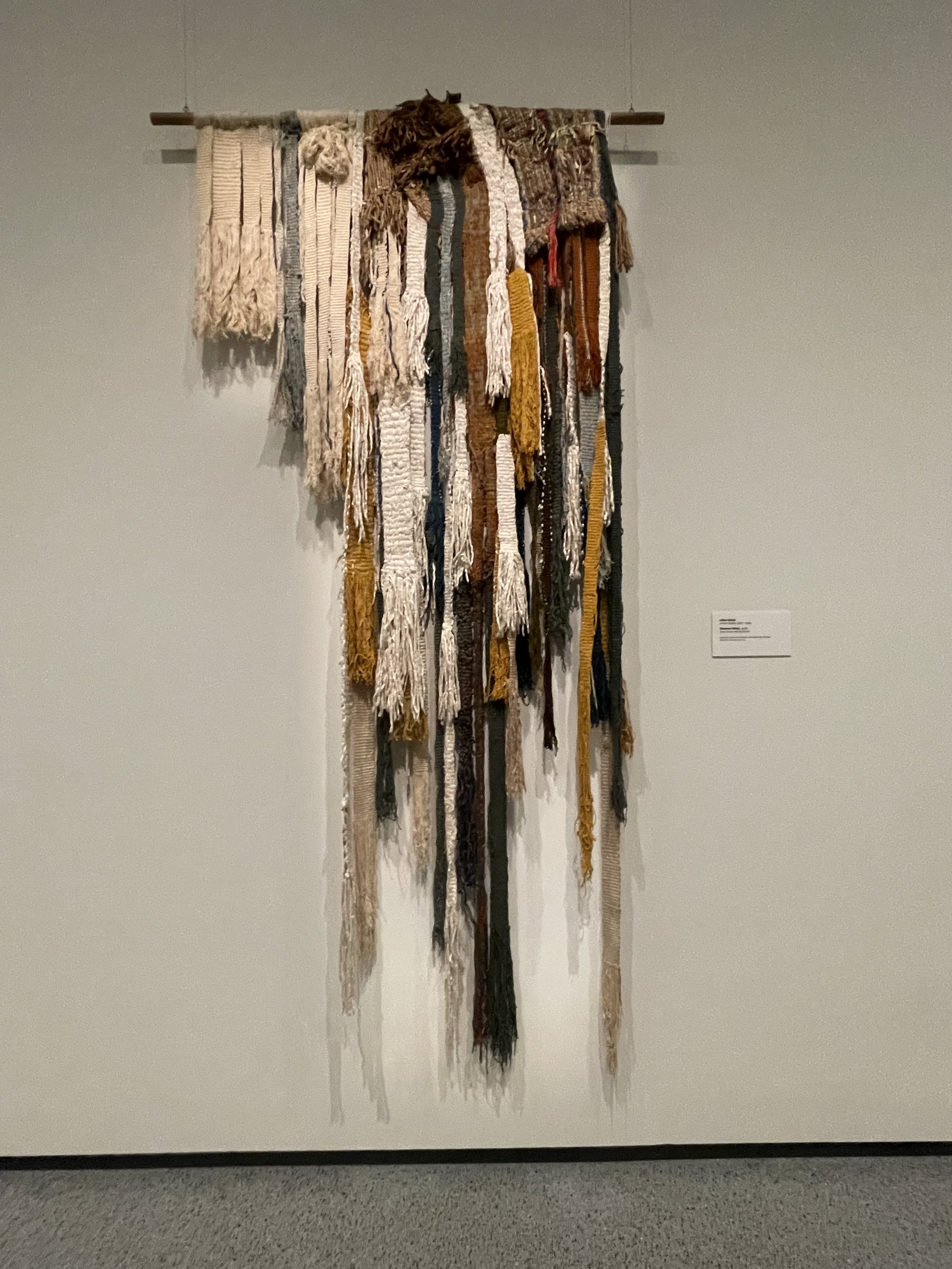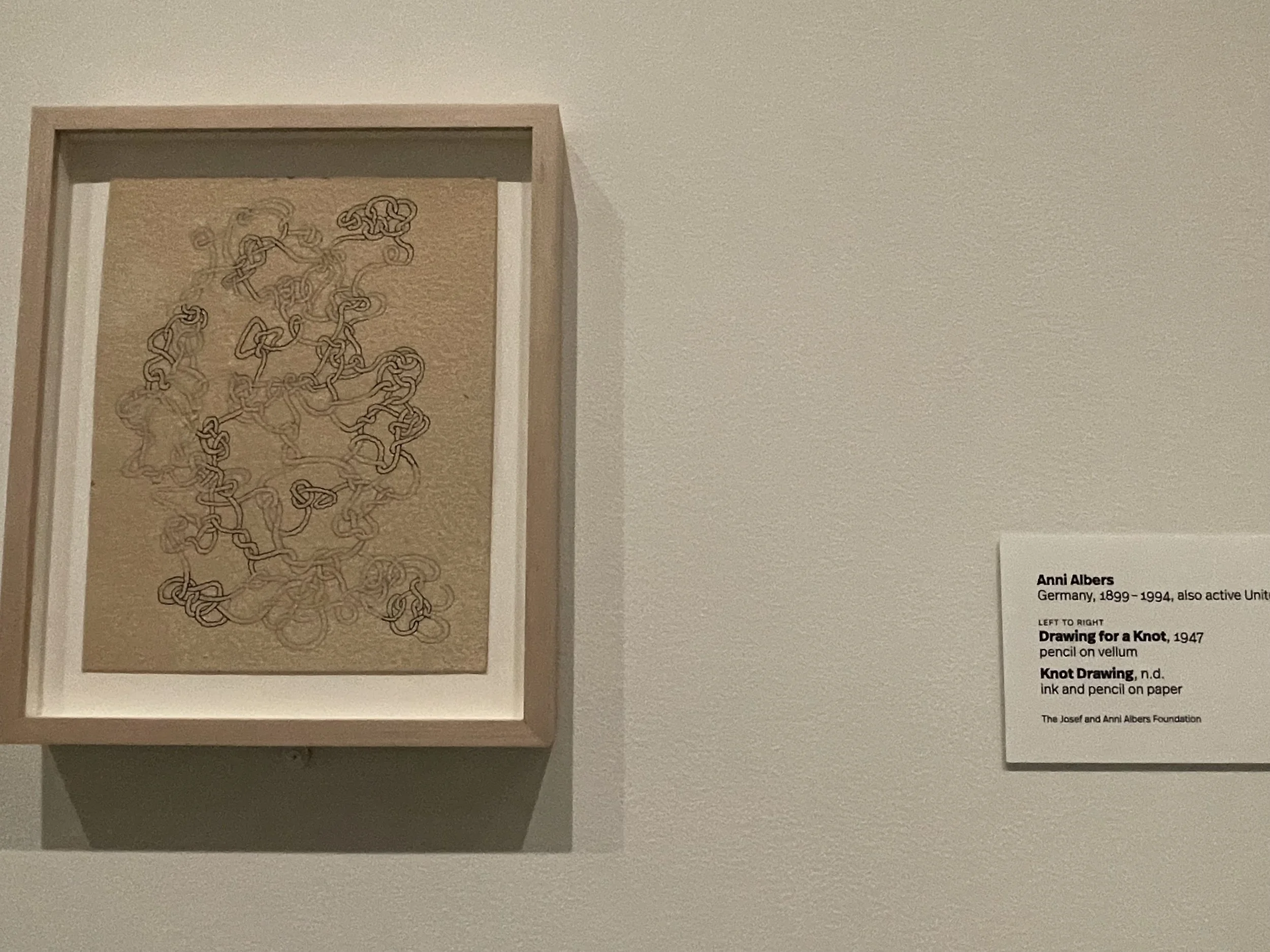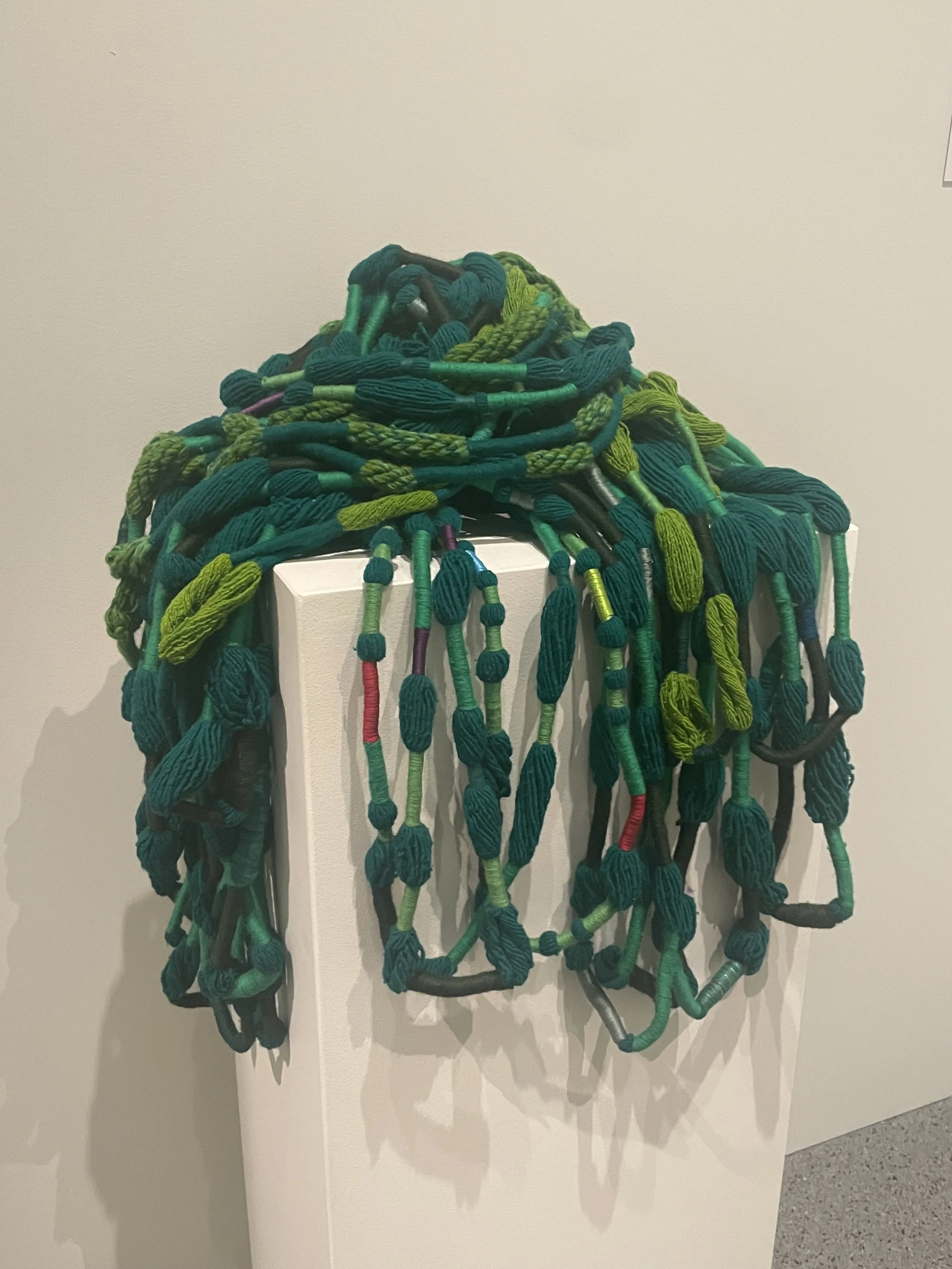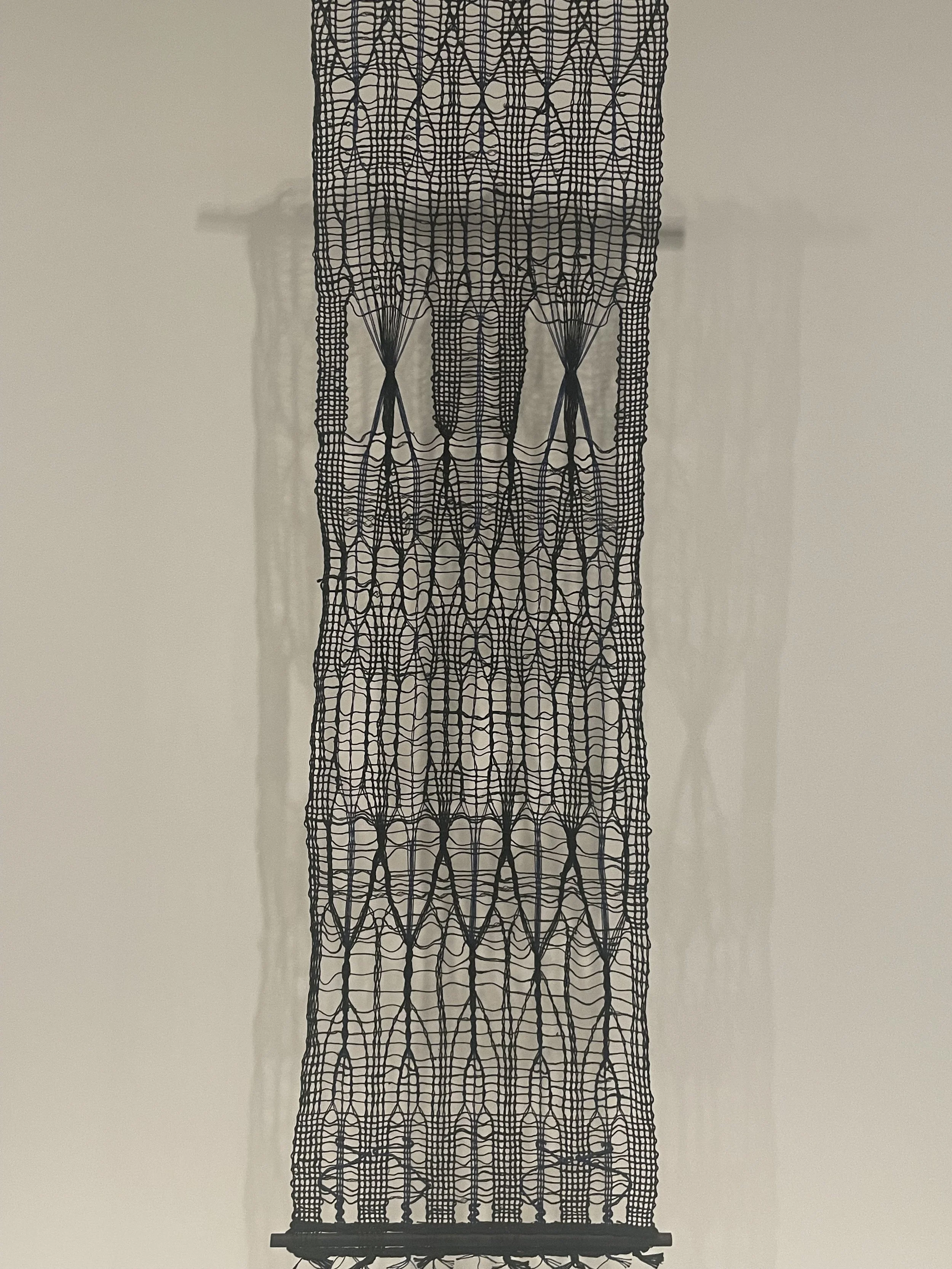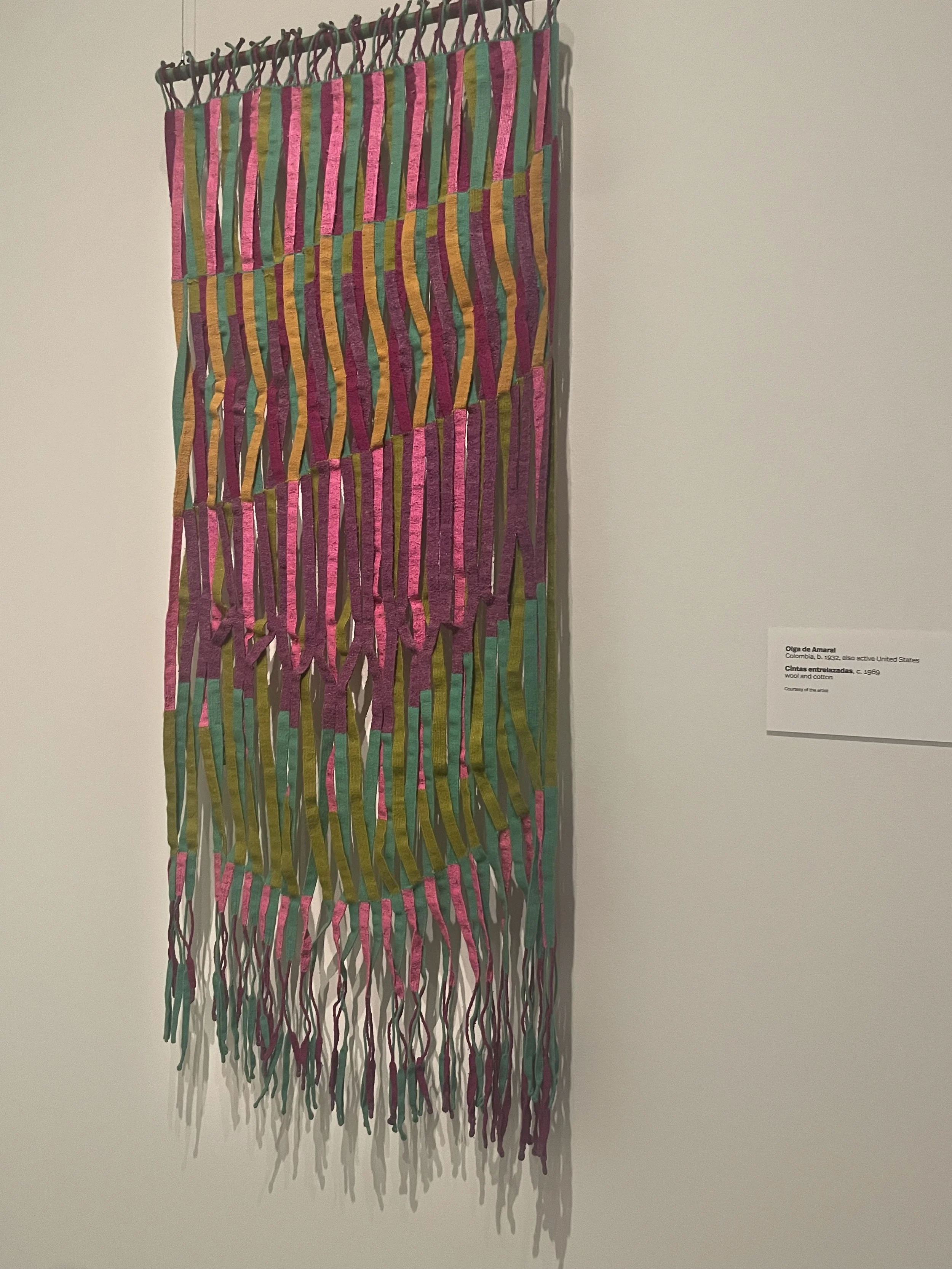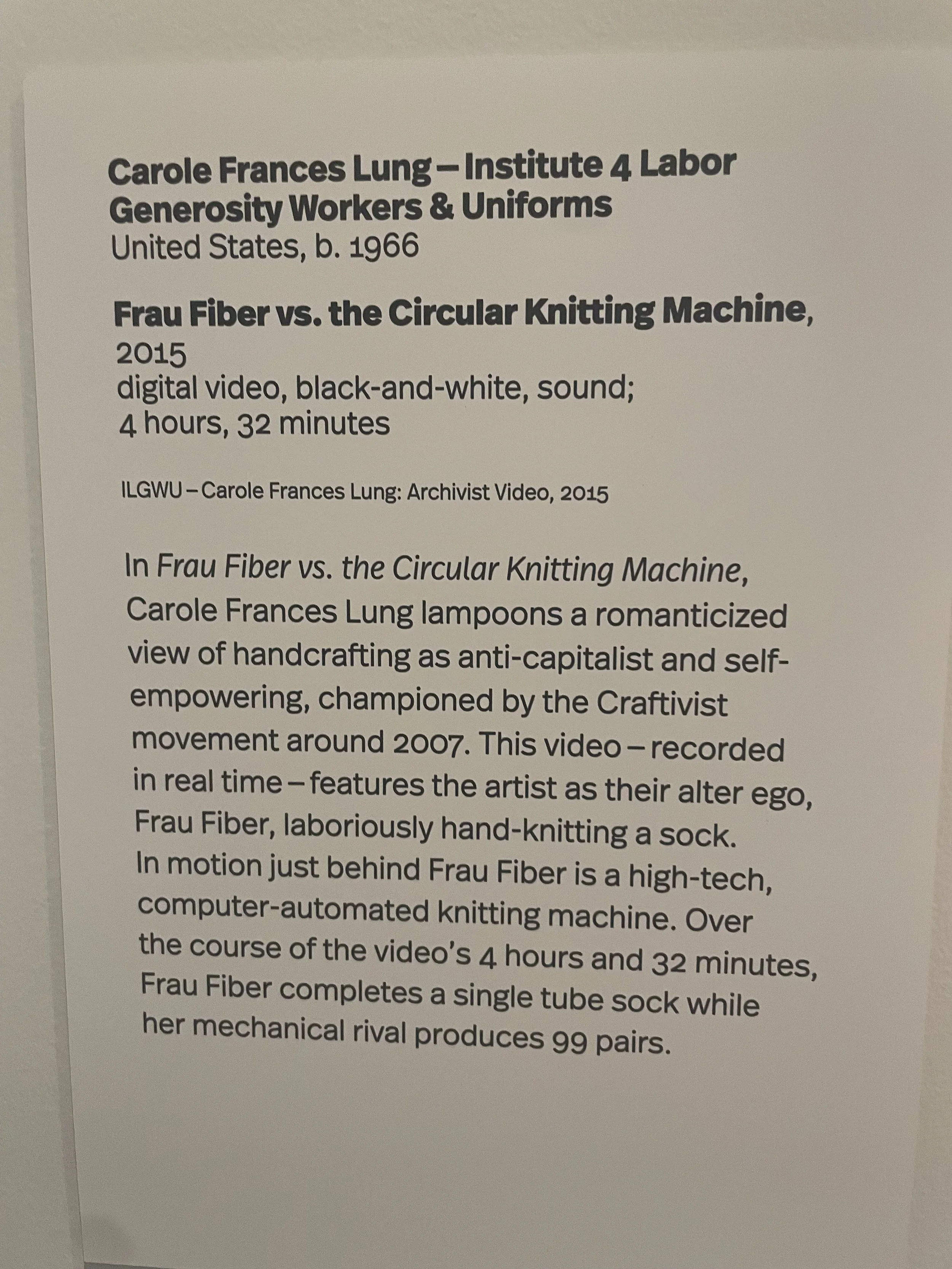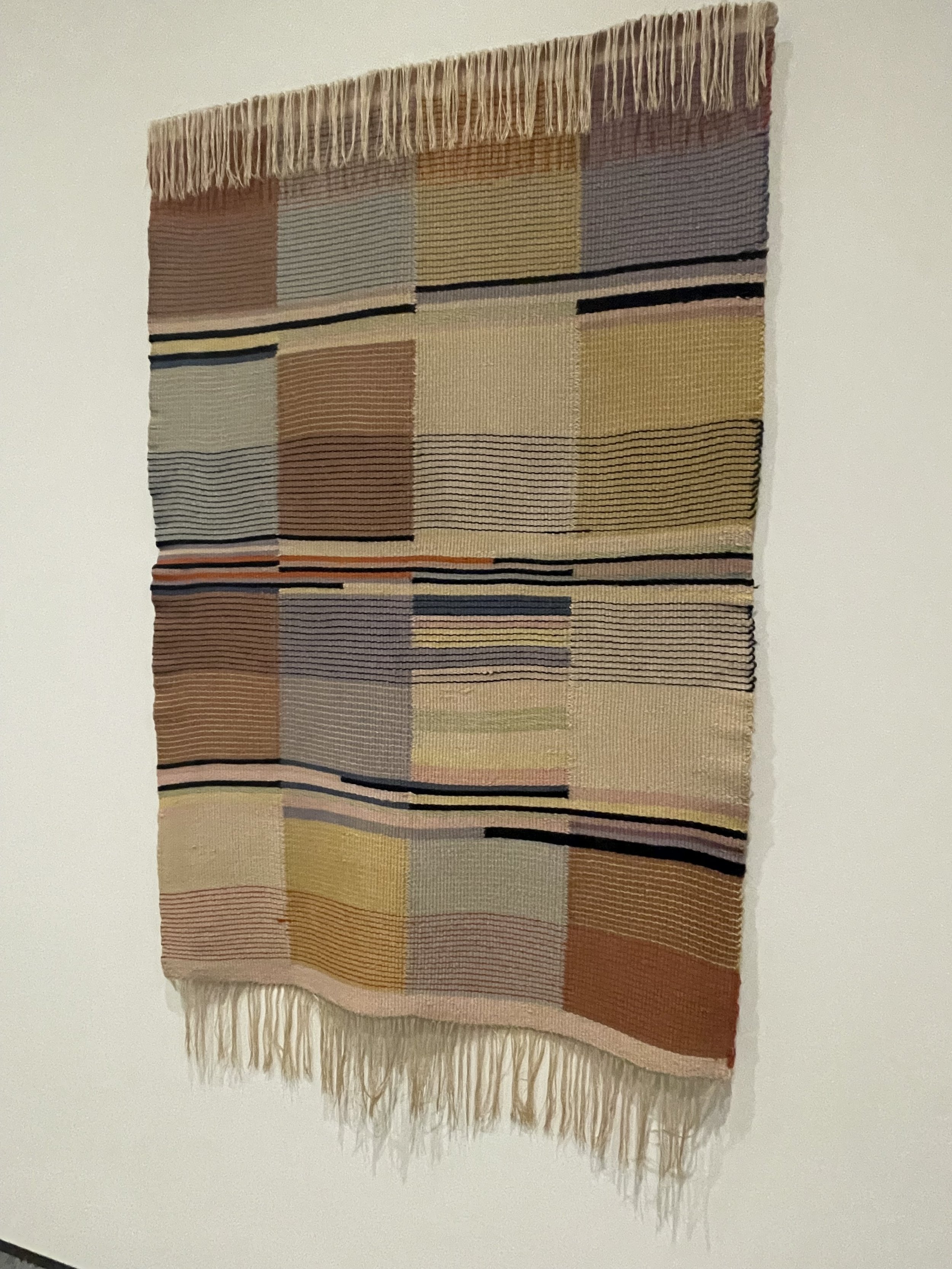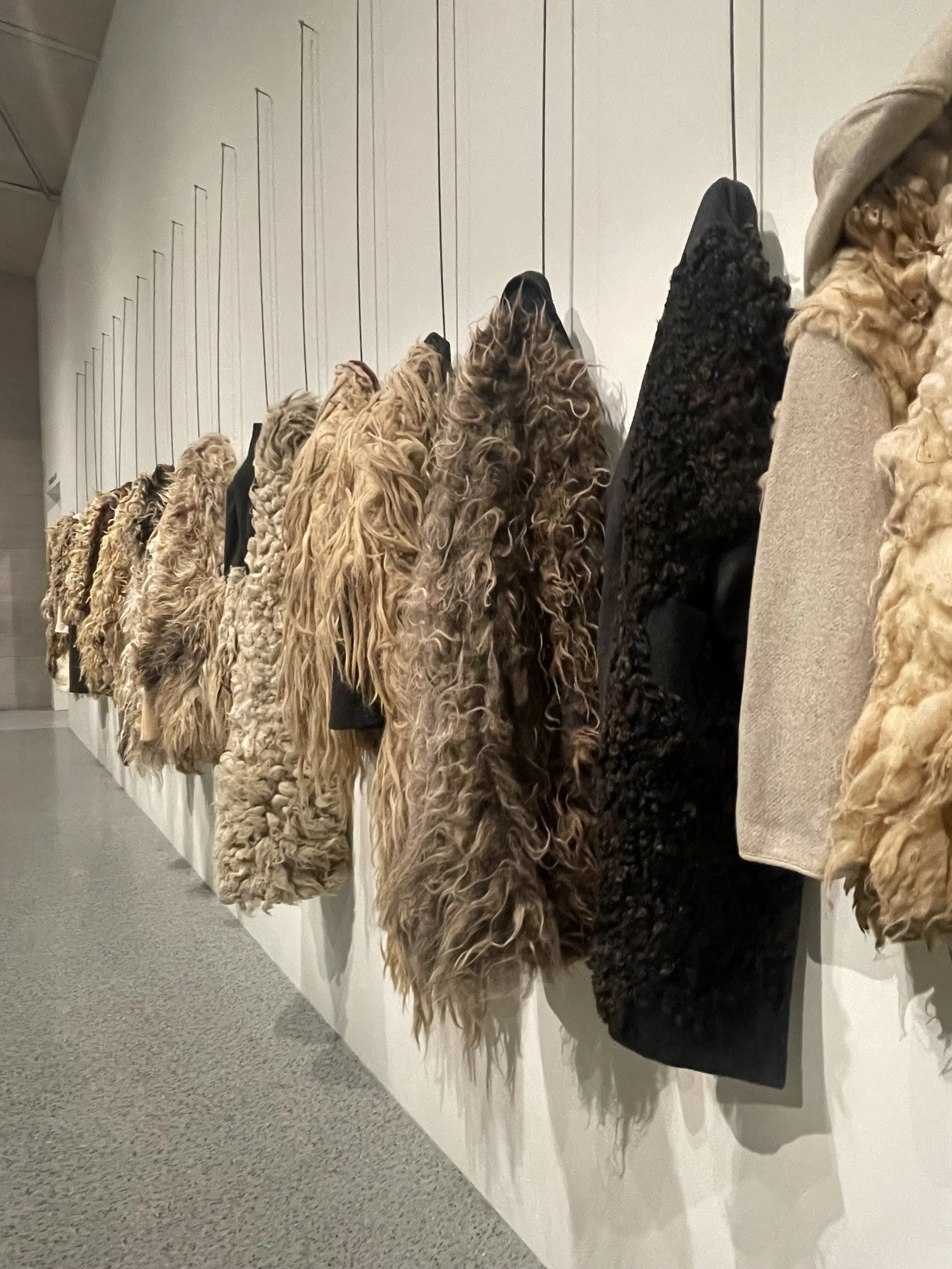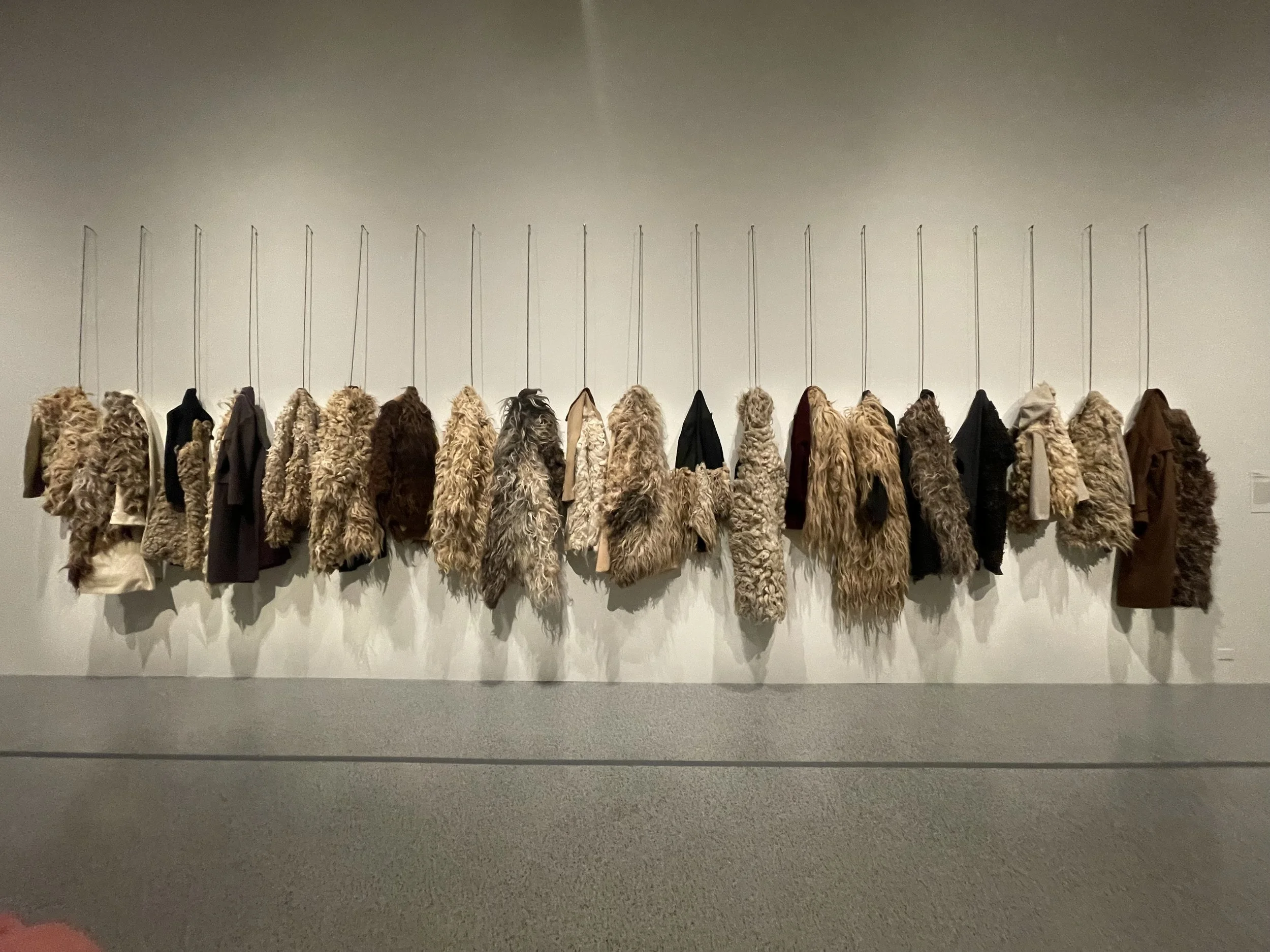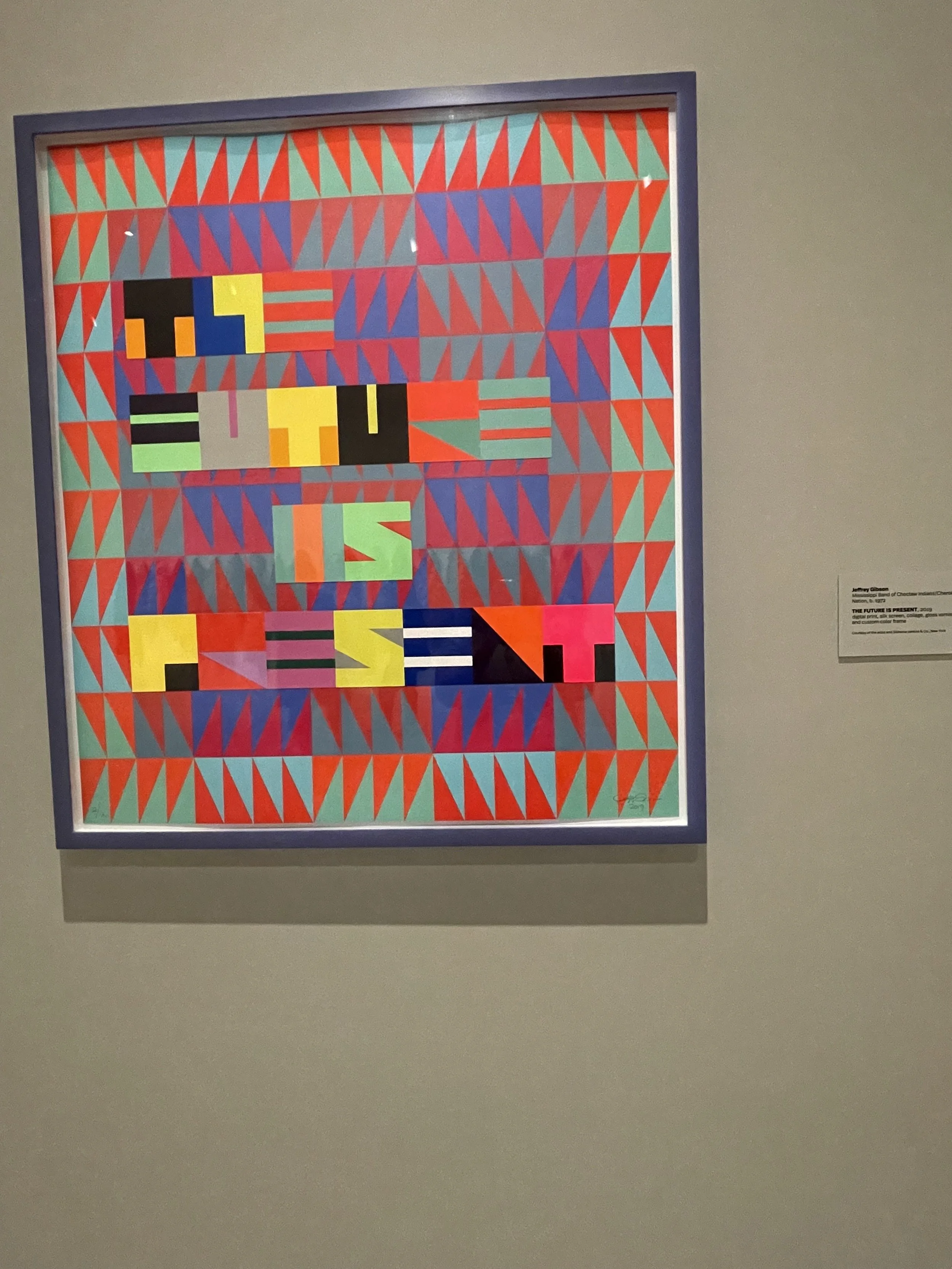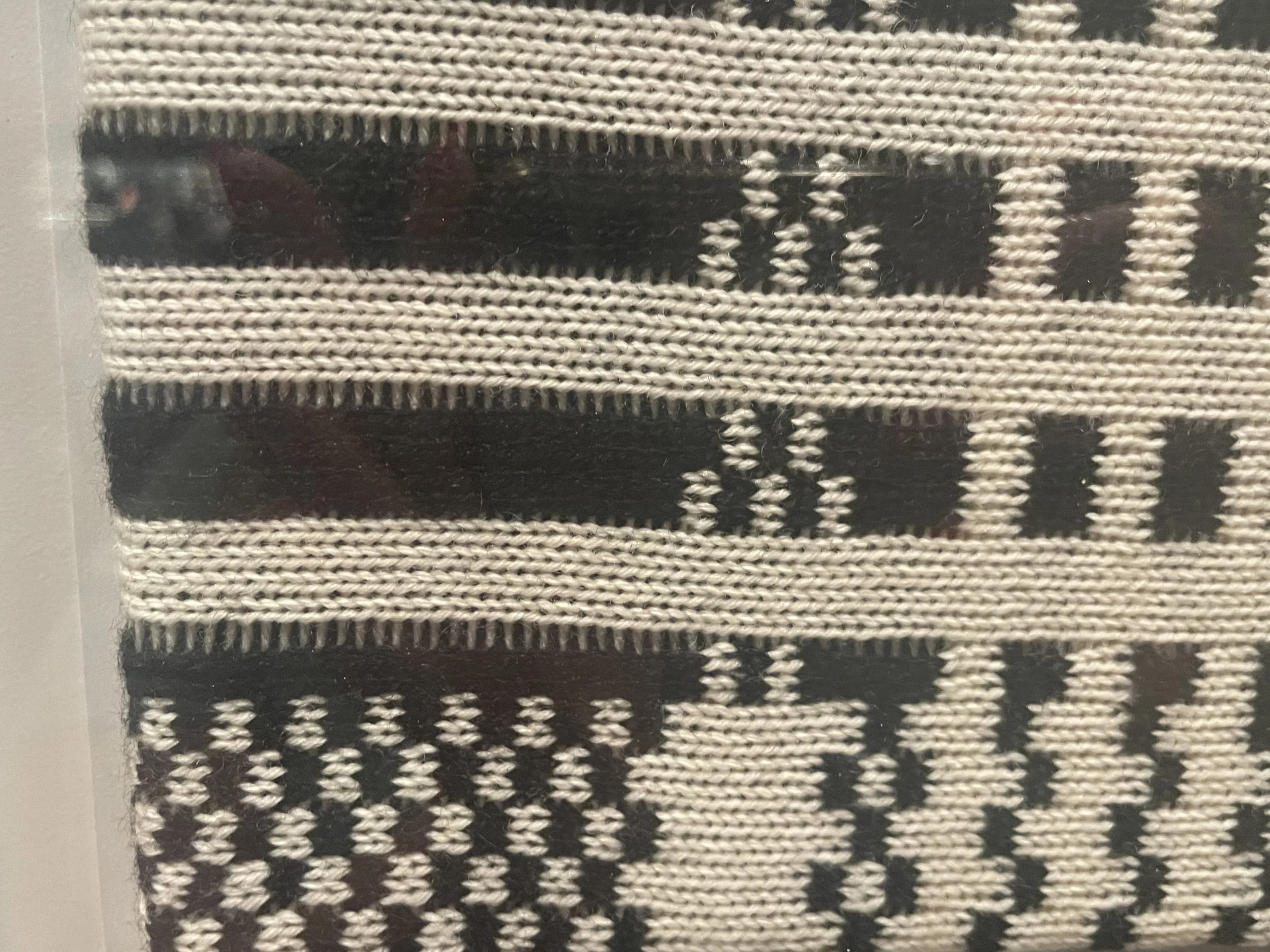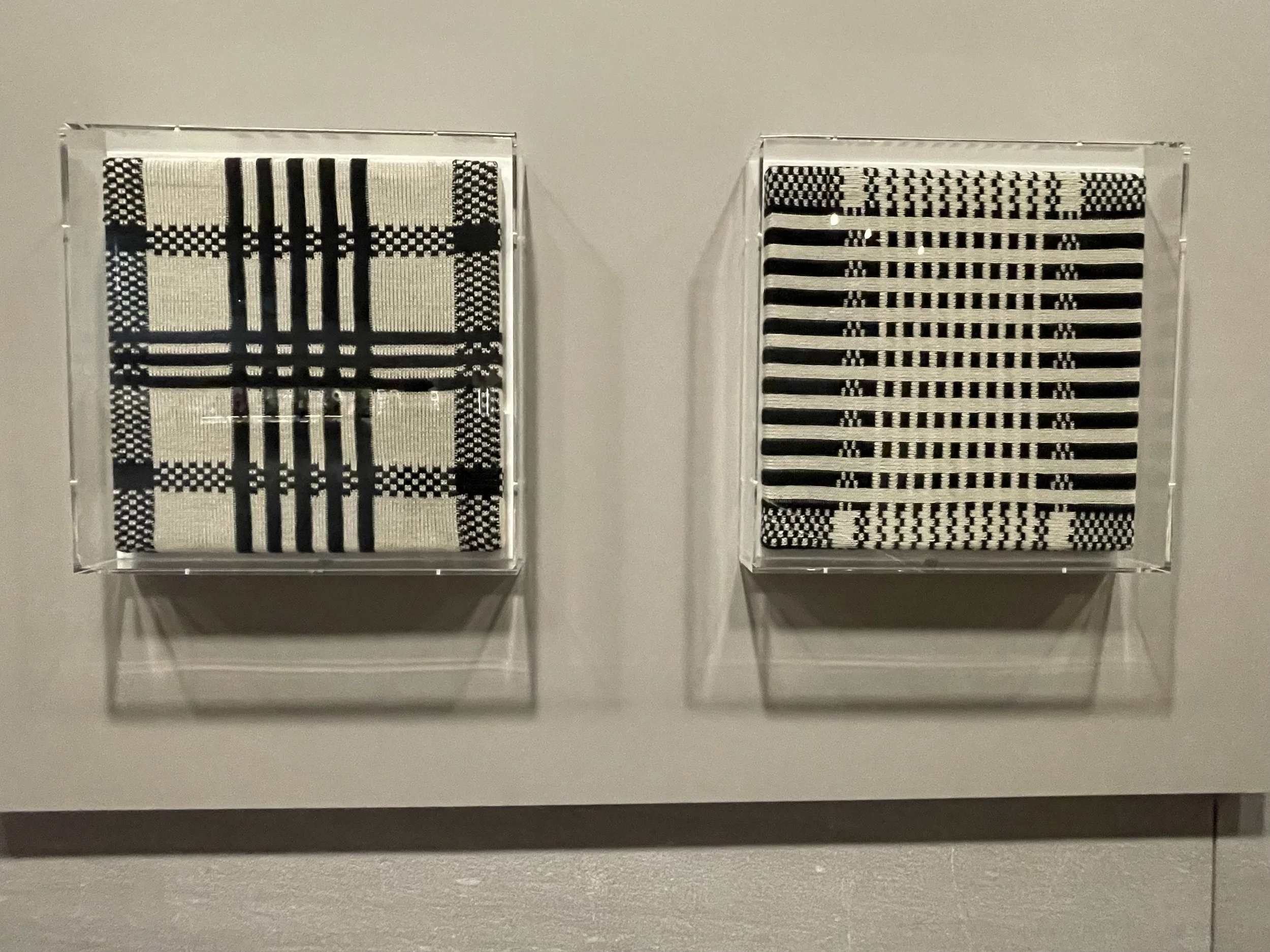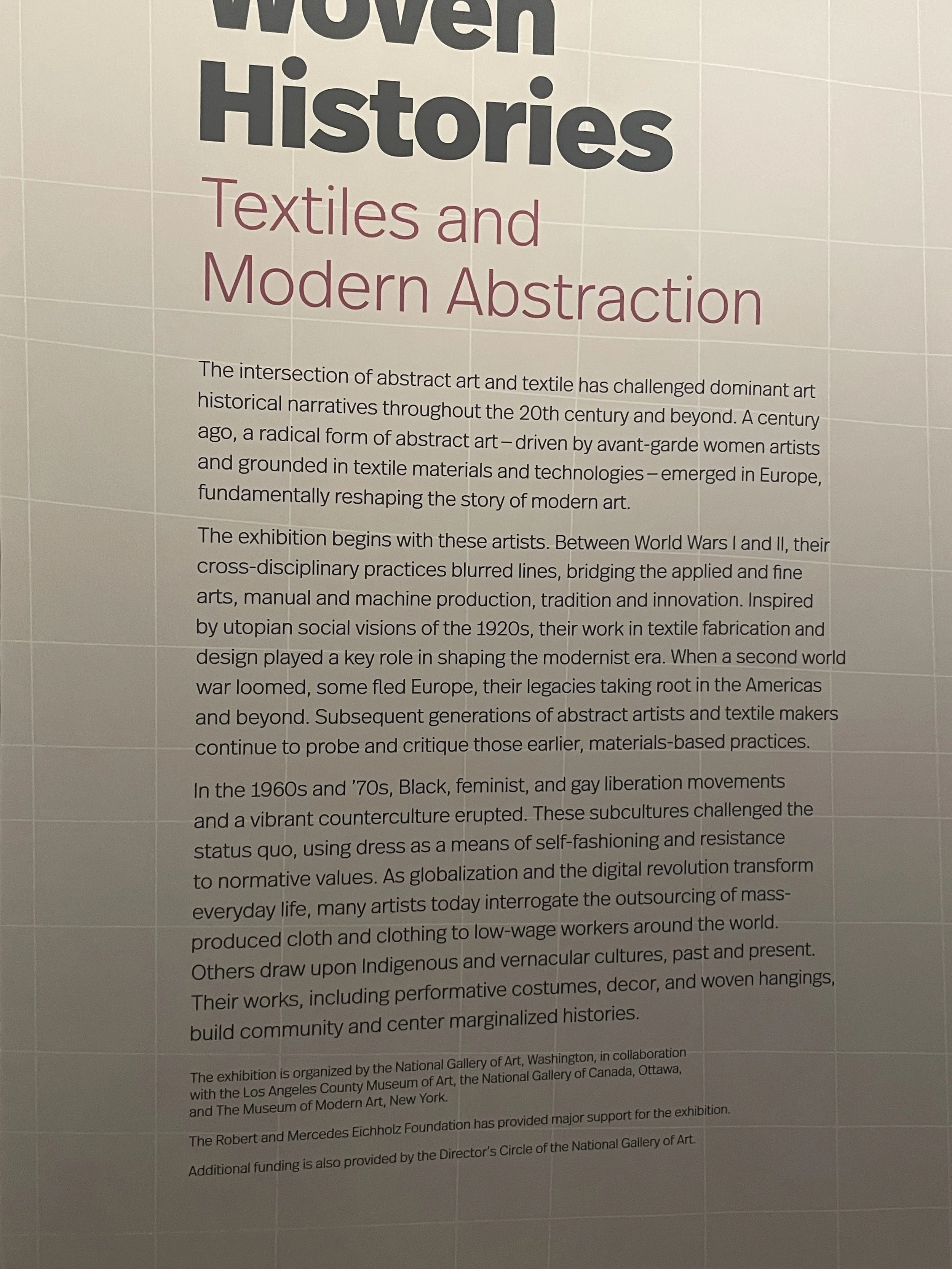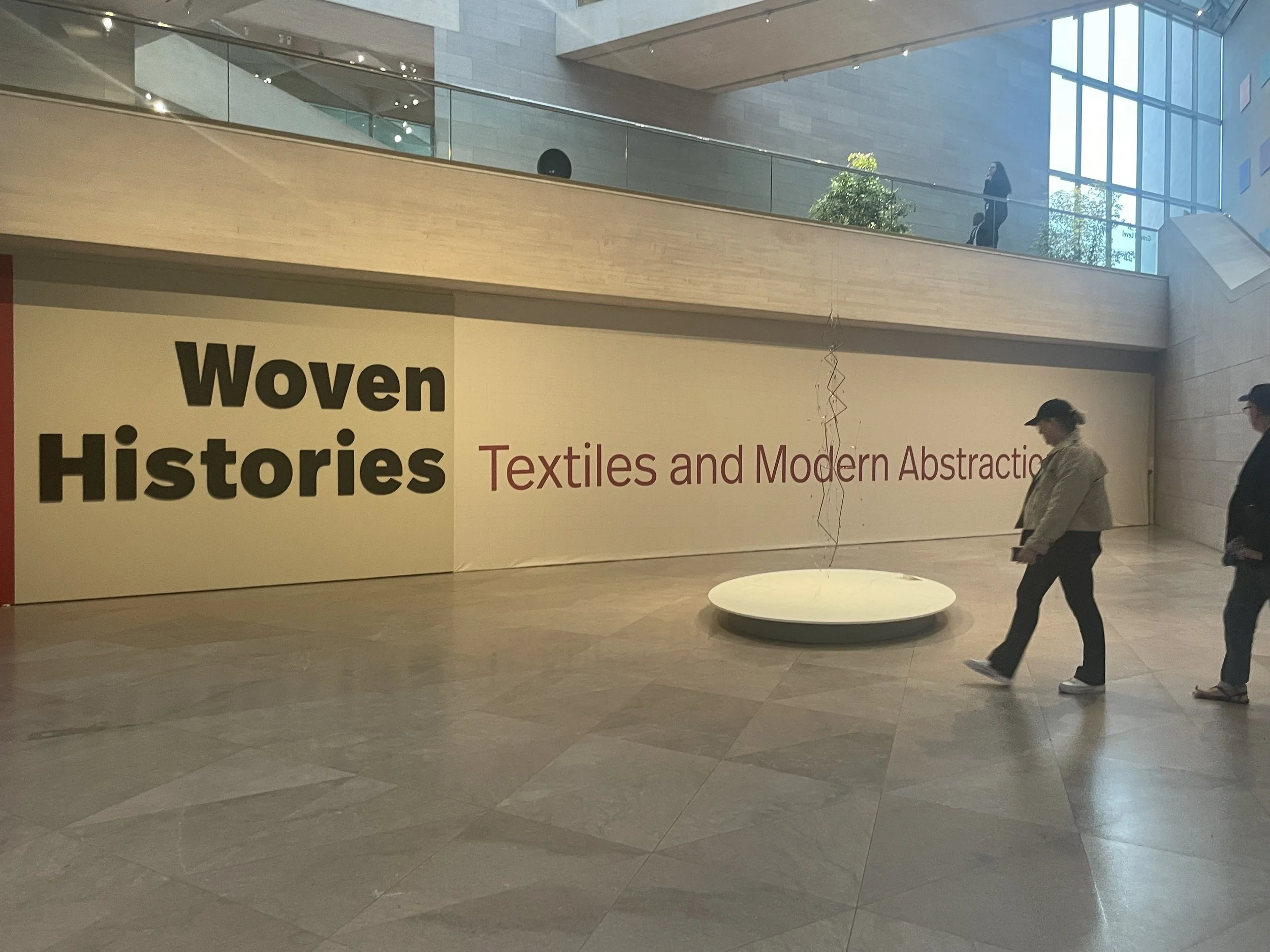Fiber Arts & Modernism: My Visit to Woven Histories at the National Gallery of Art
I could hardly stand myself I was so excited for this trip to Washington, DC. It had been years—since before my children were born—that I’d been able to spend this much time in world-class museums or any museums for that matter. My husband was traveling to DC for work, and I took full advantage of the opportunity to be a travel along spouse . Over the course of five days, I wandered through the Smithsonian museums, the National Gallery, and countless special exhibits, having the best time ever.
I’ve always loved museums, but this trip had a special focus for me: I was on the hunt for examples of the fiber arts—woven, knotted, stitched, or constructed—tucked into exhibits spanning different eras and art movements. While I explored many collections, one show stood out as the pinnacle of my trip: Woven Histories: Textiles and Modern Abstraction at the National Gallery of Art.
Setting the Scene: The National Gallery & Woven Histories
Located in the East Building’s Concourse Galleries, Woven Histories filled the space with more than 160 works by over 50 artists from across continents and decades. Curated by Lynne Cooke in collaboration with major museums in the U.S. and abroad, the exhibition brought together weaving, basketry, garment-making, and other textile practices to tell a different story of modern abstraction.
This was not a quiet corner devoted to “craft.” It was a sweeping, authoritative re-telling of art history—placing fiber at the center of innovation, rather than on its margins.
The Thesis in Plain Language
From reading the exhibit information and following though the self guided tour I was constantly reminded of the theme of this exhibit. The heart of Woven Histories was simple : textiles didn’t follow modernism—they built it.
The grid of the loom, the repetition of stitch, the material intelligence of fiber—these were not merely decorative or functional elements. They were the very structures that informed the development of modern abstract art. Fiber was shown not as a side note to painting and sculpture, but as a core language of the 20th and 21st centuries. I have always loved how the fiber arts can be equally “at home” in quite cottage or historical settings as well as bold statements of art. The textures and colors are undeniable.
The Arc of the Exhibit
The exhibition unfolded like a visual timeline, but instead of a rigid chronology, it was arranged in thematic arcs that spanned time and geography:
Interwar Utopias – Early 20th-century artists reimagined textiles as a language for modern living, merging art and function in groundbreaking ways.
Postwar Line and Structure – Weaving became a form of architectural drawing and sculpture, with thread acting as both line and form.
Grids, Nets, and Knots – Artists used woven logic to push into conceptual abstraction, challenging what “art” could be.
Basketry Cultures – Traditional techniques were reinterpreted as contemporary sculpture, blending cultural heritage with modernist sensibilities.
Dress and Identity – Garments became works of art themselves, carrying layers of meaning about culture, politics, and selfhood.
Why This Mattered to Me
As someone with a double major in Art History and Anthropology from the College of Charleston, my academic focus has always been on visual anthropology—the study of how visual art and evolving culture interact and influence each other.
Woven Histories struck me on multiple levels. Fiber arts are both ancient and modern—a living bridge between humanity’s earliest expressions and our most contemporary innovations. They preserve centuries-old traditions while continually evolving into new forms, concepts, and technologies.
That duality is exactly what makes fiber arts so captivating to me. They are a record of where we’ve been, and they hold within them a vision of where we can go. Standing among these works, I felt the weight of that history and the spark of that future all at once. This exhibit was so immersive to me. You could find yourself almost sucked into the large scale contemporary quilts or weavings just as you would a modern art painting. The tiny knots stitches and fleece curls begged to be studied so you just had to bend in for a closer look. I even had to be warned a few times by security not to get too close the hanging fleece installation when I was trying to get the perfect photo.
This post is part of my ongoing exploration of the fiber arts and their place in the broader cultural landscape. Below, you’ll find photos from my visit—paired with my personal impressions-

